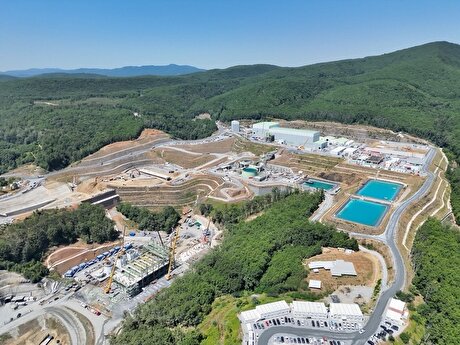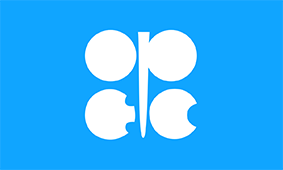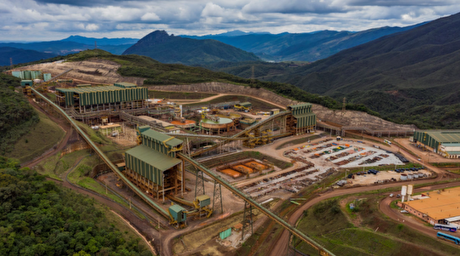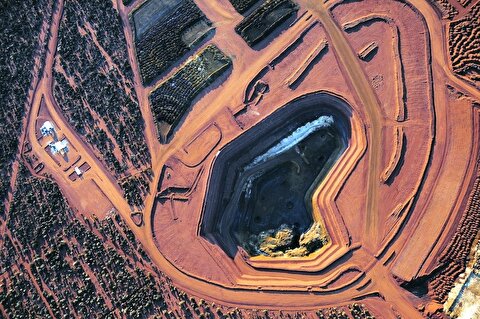
Iran eyeing more attacks on oil supply as part of sanctions relief push: analysts

Iran may target offshore platforms at Saudi Arabia's Safaniya field and refineries in the Red Sea port of Yanbu, potentially impacting more than 3.5 million b/d in production, exports and refining capacity, analysts with Rapidan Energy Group said in a new report.
"All else being equal," said Henry Rome, an Iran analyst with the Eurasia Group, "Iran is incentivized to make riskier decisions, such as conducting additional significant attacks on Saudi oil infrastructure."
Sara Vakhshouri, president of SVB Energy International, said that Iran could also target UAE's electric grid system, as part of a physical or cyberattack.
"Because of the US zero export policy, Iran's strategic patience has come to an end," Vakhshouri said. "Instead, they're creating crisis to manage another crisis."
A potential follow-up to the September 14 attack on Saudi Aramco's Abqaiq and Khurais oil facilities appears to be a question of when, not if with analysts.
The timing seems to depend on US willingness to ease sanctions, something some analysts see as a possibility despite repeated pledges from the Trump administration to exert a "maximum pressure" campaign on Tehran.
Rapidan analysts believe that Iran will likely postpone additional attacks as it waits for Middle East producers to pressure the US towards negotiations and, potentially, an easing of sanctions.
"Tehran has drawn up plans for follow-on attacks on critical oil infrastructure in Saudi Arabia, but is willing to give Gulf countries time to convince Trump to back off," Rapidan analysts wrote.
Iran wants the US to allow about 700,000 b/d in oil exports, rather than a complete easing of sanctions, ahead of talks, these analysts said, claiming that it expects the US to ease sanctions somewhat before the end of the year, allowing Iranian production to climb from about 2.2 million b/d to 2.7 million b/d in 2020.
Sheldon with Platts Analytics said he gives the chance of talks 50% odds and of a deal next year "far lower still."
Rome with the Eurasia Group said that he was "quite skeptical," that sanctions relief would even be offered before the 2020 US presidential election.
"Trump faces domestic constraints to offering total sanctions relief to Iran -- up to and including efforts by Congress to override such a step," Rome said. "Getting a meeting with [Iranian President Hassan Rouhani] would be a flashy event, but it may well not be worth the price of admission."
Richard Nephew, a senior research scholar at the Center on Global Energy Policy at Columbia University and the principal deputy coordinator for sanctions policy at the US State Department during the Obama administration, said sanctions relief was unlikely since it would require Trump to defy the wishes of his senior advisors.
"I think that getting to sanctions relief with Tehran requires a lot more engagement and negotiation, especially on regional matters... in order to get past the staff," Nephew said.
Since the US lifted waivers for Iranian crude purchases in May, Iran's oil output fell from 2.3 million b/d to 2.1 million b/d in September, according to the latest US Energy Information Administration data. According to the latest Platts OPEC survey, crude production fell to 2.23 million b/d in September. Iranian oil production has fallen by 1.1 million b/d over the past year, according to EIA.


Newmont nets $100M payment related Akyem mine sale

First Quantum scores $1B streaming deal with Royal Gold

Caterpillar sees US tariff hit of up to $1.5 billion this year

Gold price rebounds nearly 2% on US payrolls data

Copper price collapses by 20% as US excludes refined metal from tariffs

St Augustine PFS confirms ‘world-class’ potential of Kingking project with $4.2B value

B2Gold gets Mali nod to start underground mining at Fekola

Goldman told clients to go long copper a day before price plunge

Copper price posts second weekly drop after Trump’s tariff surprise

Codelco seeks restart at Chilean copper mine after collapse

US slaps tariffs on 1-kg, 100-oz gold bars: Financial Times

BHP, Vale offer $1.4 billion settlement in UK lawsuit over Brazil dam disaster, FT reports

NextSource soars on Mitsubishi Chemical offtake deal

Copper price slips as unwinding of tariff trade boosts LME stockpiles

SAIL Bhilai Steel relies on Danieli proprietary technology to expand plate mill portfolio to higher steel grades

Alba Discloses its Financial Results for the Second Quarter and H1 of 2025

Australia weighs price floor for critical minerals, boosting rare earth miners

Australia pledges $87M to rescue Trafigura’s Nyrstar smelters in critical minerals push

Fresnillo lifts gold forecast on strong first-half surge

US slaps tariffs on 1-kg, 100-oz gold bars: Financial Times

BHP, Vale offer $1.4 billion settlement in UK lawsuit over Brazil dam disaster, FT reports

NextSource soars on Mitsubishi Chemical offtake deal

Copper price slips as unwinding of tariff trade boosts LME stockpiles

SAIL Bhilai Steel relies on Danieli proprietary technology to expand plate mill portfolio to higher steel grades

Alba Discloses its Financial Results for the Second Quarter and H1 of 2025

Australia weighs price floor for critical minerals, boosting rare earth miners

Australia pledges $87M to rescue Trafigura’s Nyrstar smelters in critical minerals push

Fresnillo lifts gold forecast on strong first-half surge














